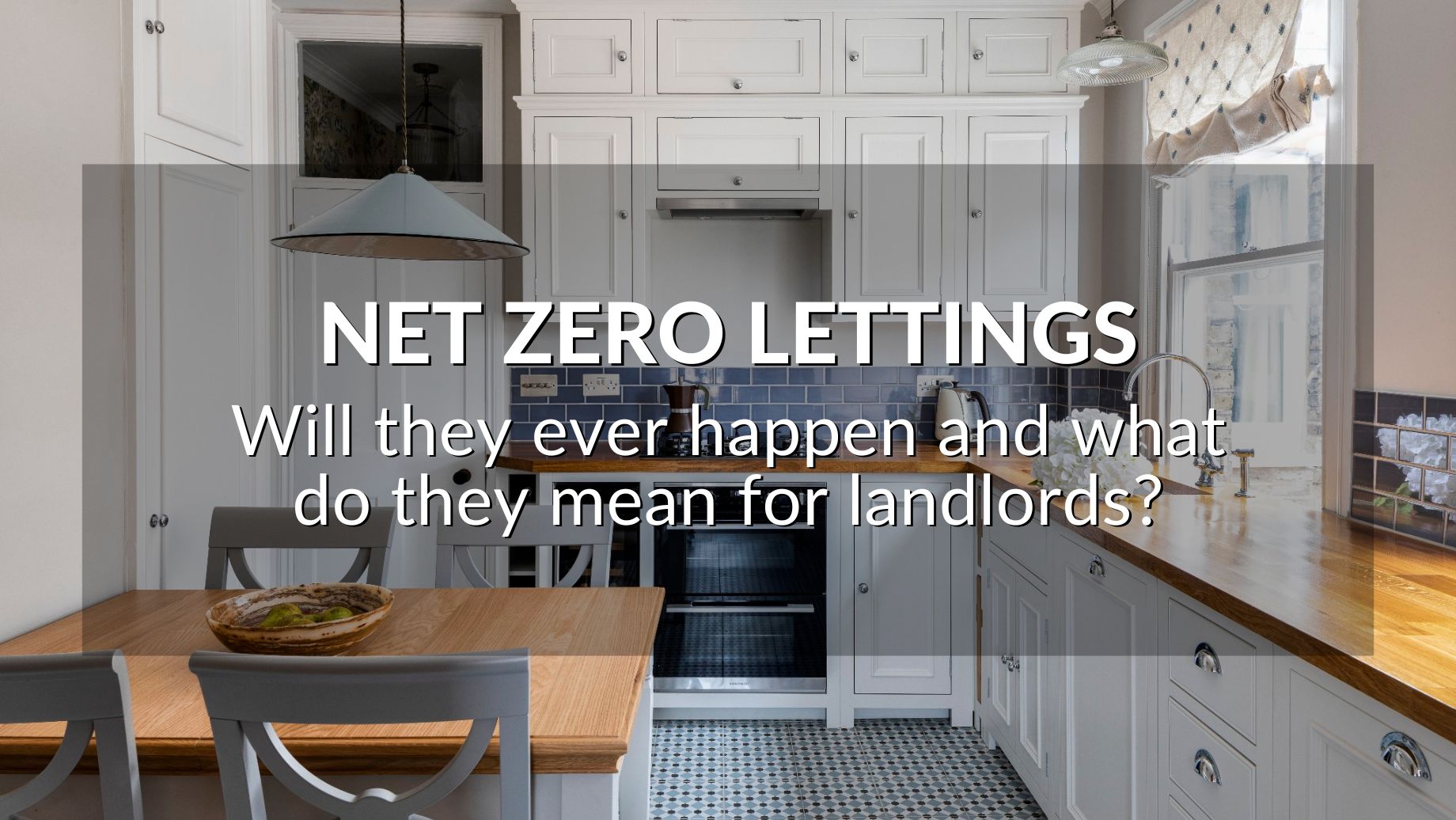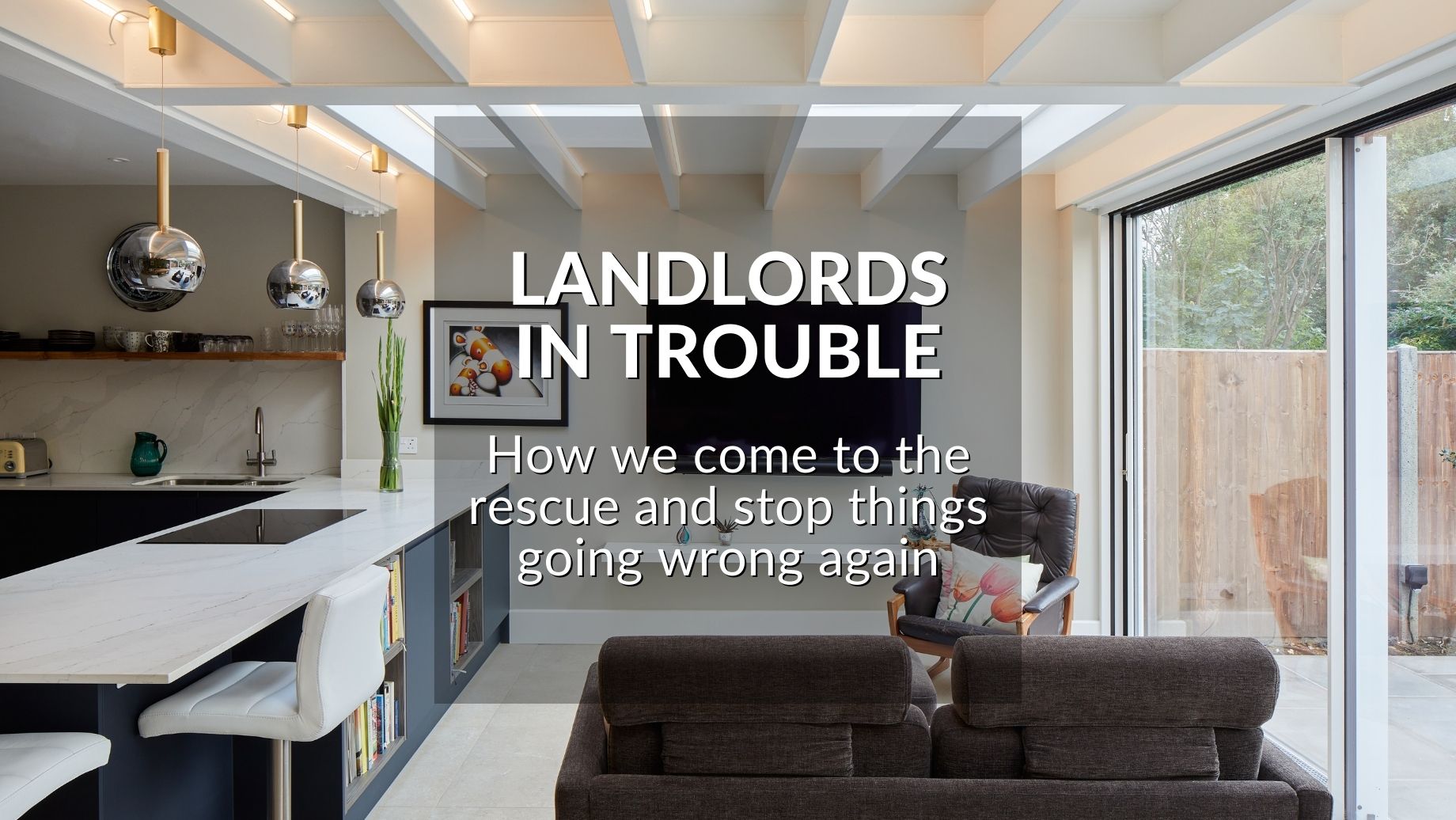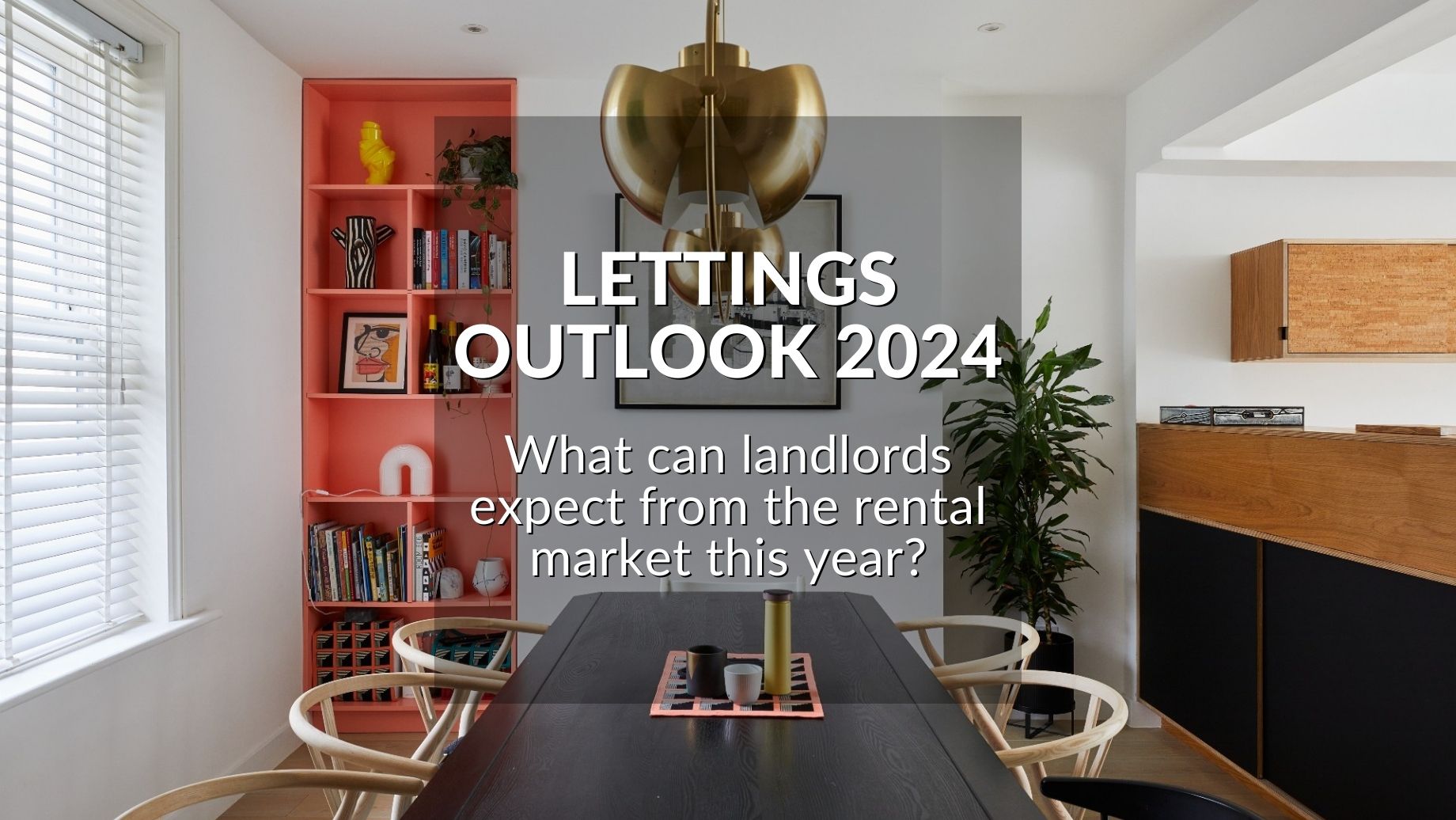Blog
- Details
- Hits: 435
WILL THEY EVER HAPPEN, AND WHAT DO THEY MEAN FOR LANDLORDS?
Cast your mind back to 2022, and you might remember a loud fanfare over levelling up the UK’s rental homes as part of the Government's target to reach net zero by 2050.
Back then, the rhetoric was that all tenancies created from the end of 2025 would need to meet higher energy-efficiency standards, with any existing tenancies given until 2028 to catch up.
Following the announcement, some landlords sold up to avoid the cost of improvements, shrivelling the already-short supply of homes. Rents rocketed, giving the investors who stayed huge uplifts in income.
Then the new proposals were scrapped, perhaps with an eye on a looming general election, but the net zero target for 2025 remained, leaving existing and would-be landlords with questions like:
- Is levelling up rental homes gone for good?
- Should you still make improvements, or wait for the law?
- Can you make upgrades while your property is tenanted?
- Will greater energy efficiency get you a higher rent?
- Is it still worth being a landlord?
So, in this week’s blog, we’re reviewing the original proposals, exploring where we're at now, and examining what's best for you and your investment.
- Details
- Hits: 495
EVERYTHING YOU NEED TO KNOW TO CUT THE BEST DEAL
When opportunity knocks, it’s not always clear whether to say yes or no, particularly when it’s unexpected or means changing your plans.
Selling to your tenant could be one of those times, and even if you’re planning to be a landlord for life, it doesn’t mean you’ll never change your management style or the properties you own.
But is selling to your tenant the best decision for you, and how do you know you've made a great deal? There’s plenty to consider before shaking hands, including:
- How much will selling actually cost you?
- Setting a clear timescale and terms.
- Ensuring you sell for the best possible price.
- Getting the sale over the line.
- Ending the tenancy correctly.
You'll find tips and tricks for all of that in our blog this week so you can decide whether selling to your tenant is the right choice for you - not just for now, but for your long-term financial freedom.
- Details
- Hits: 537
WHICH COUNTS AS WHICH, AND WHAT CAN YOU CLAIM BACK?
Just like a friend you haven’t seen for a long time, your rental property will look older when you get it back at the end of a tenancy, and the difference can be jarring if you haven't visited for a while.
Regardless of whether they're owned or rented, all homes age, but when you see yours all the time, it's easy to miss and live with the gradual wear and tear that’s part of daily life.
While most tenants return their property in an excellent state, some are less considerate, and accidents also happen, so it's a smart move to arm yourself with answers to questions like:
- What counts as damage?
- What is considered fair wear & tear?
- How can you minimise the risk of damage?
- What do you need for a valid claim?
- How does the claims process work?
It’s all covered in this week’s blog so you can boost your knowledge, protect your property and make a successful claim in the event of a dispute.
- Details
- Hits: 494
HOW WE COME TO THE RESCUE AND STOP THINGS GOING WRONG AGAIN
Hardly any landlords we meet are fully legally compliant when we first speak to them, but it’s never on purpose. In fact, most of them genuinely believe they’ve got everything handled.
Unfortunately, this often means that problems are already brewing by the time they contact us, and some of the biggest areas where landlords come unstuck include:
- Leaving themselves open to fines.
- Renewing tenancies at a rent that's too low.
- Being unable to get their tenants out.
- Losing disputes over damages.
- Accidentally breaking the law.
Given the regular changes in legislation, it’s no wonder that so many landlords get caught out. But it doesn’t have to be that way, and a good managing agent can really save you a whole heap of hassle.
With that in mind, let’s look at the potential traps you might not be aware of and how we stop you from falling in.
- Details
- Hits: 575
WHAT CAN LANDLORDS EXPECT FROM THE RENTAL MARKET THIS YEAR?
There's no denying that landlords faced a pretty challenging 2023. In particular, many of those who were highly leveraged decided to simply sell up, but did they act too soon?
Their departure has left a large hole of opportunity for existing investors and newcomers to fill, with the chronic shortage of homes and massive demand in YOUR TOWN pushing rents to ever-new heights.
While 2024 has started positively and looks set to be far less turbulent, there are also some upcoming changes for landlords to consider, and in this week’s blog, we’re looking at:
- The return of accidental landlords
- Improvements in the mortgage market
- Clarity over net zero requirements
- Additional opportunities to expand
- Changes to Capital Gains Tax
So wherever you're at right now in your landlord journey - thinking of selling up, planning to expand, or raring to buy your first rental investment - read on for how to make the most of this year and beyond.









